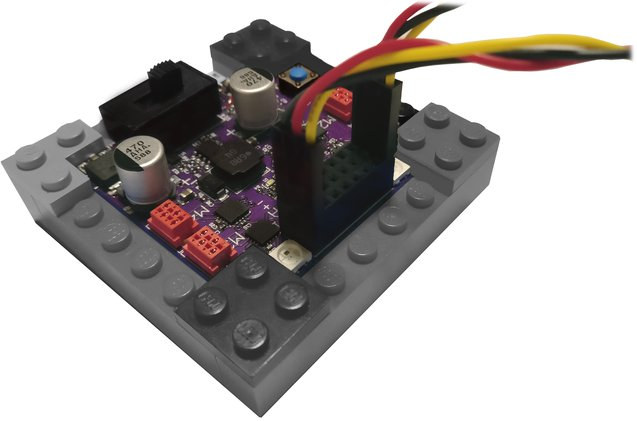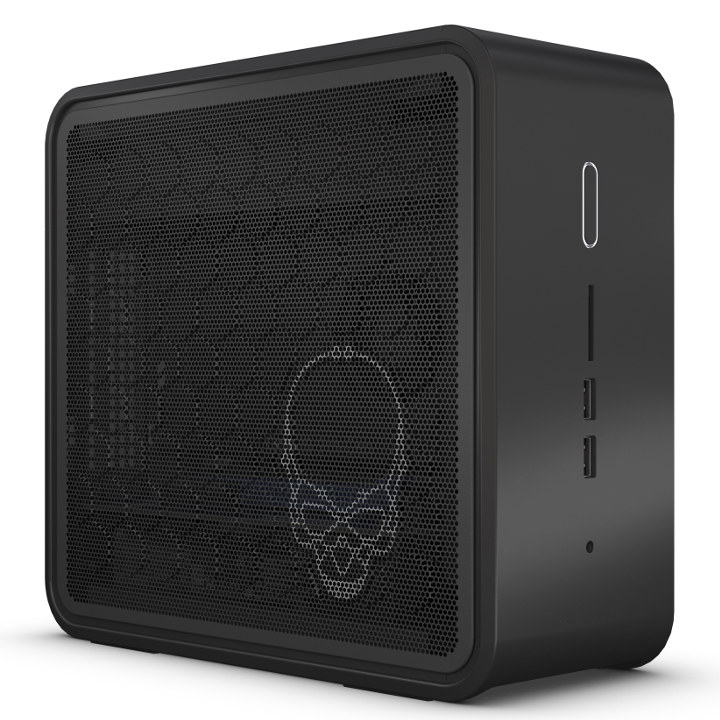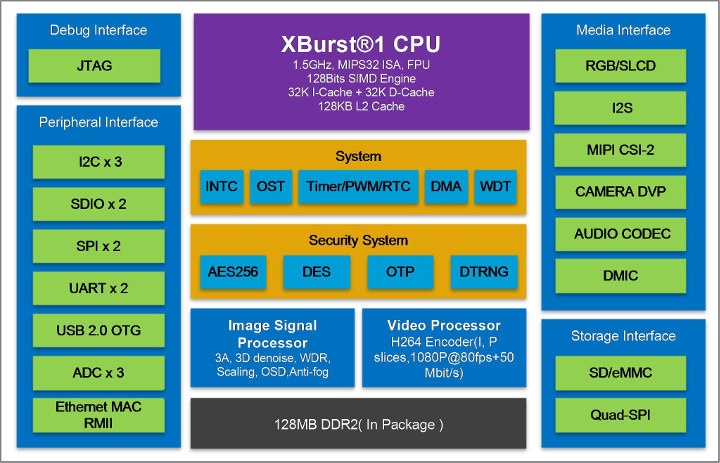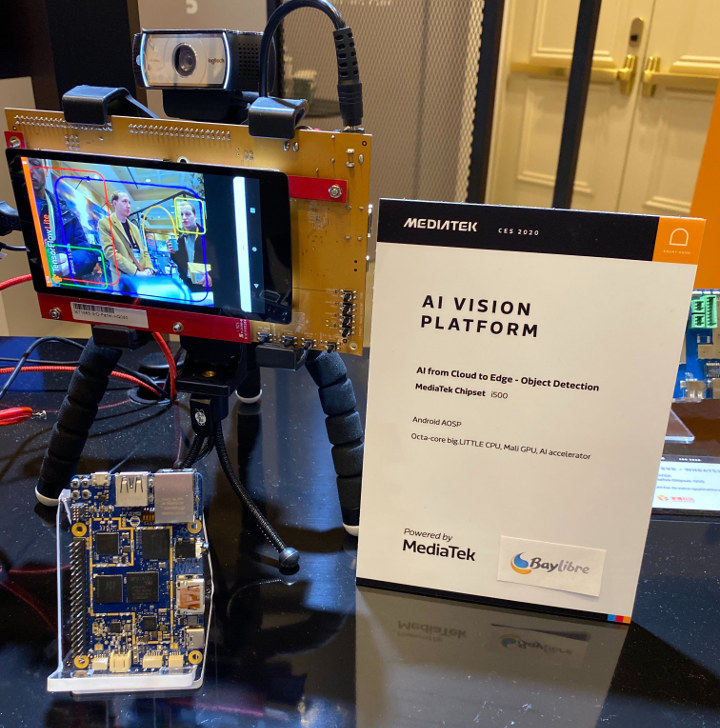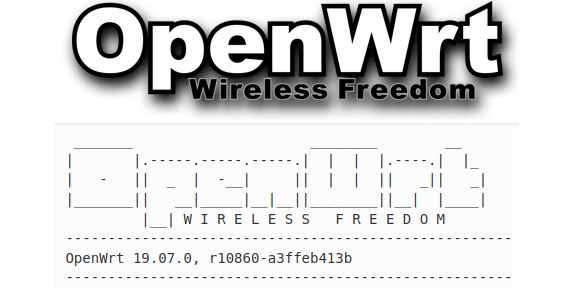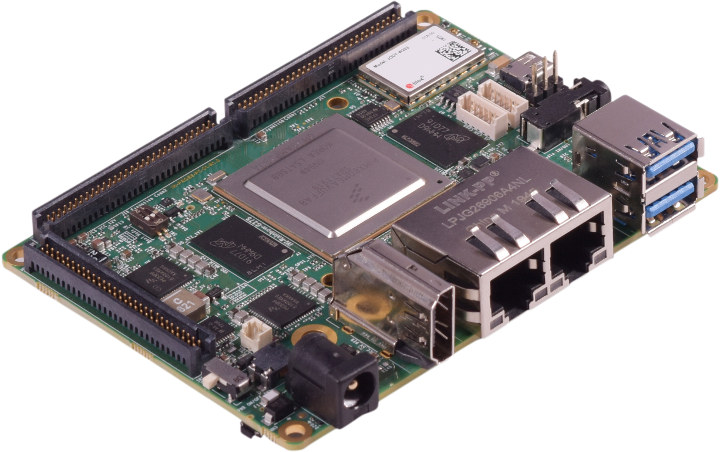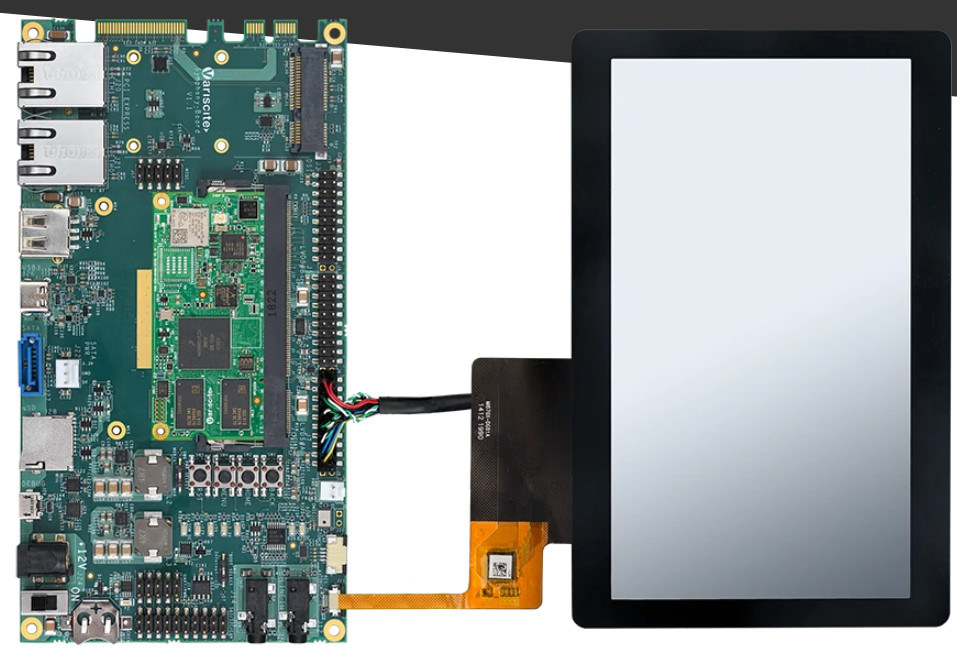LEGO has provided robotics kit for years, and LEGO blocks and accessories in general are great to build all sort of projects, so it’s not surprising third-parties have come up with LEGO-compatible boards and accessories for makers which include DFRobot BOSON kits, STEMTera smart breadboard, Brixo LEGO blocks with built-in electronics, and more. Snekboard is another option with the Microchip SAMD21 board designed to work with LEGO Power Functions motors and switches are programmable with MicroPyhon based CircuitPython or Snek programming languages. Snekboard hardware specifications: Microcontroller – Microchip SAMD21G18A Arm Cortex-M0 MCU with 256 KB flash and 32 KB RAM. Storage – 2MB SPI flash USB – 1x Micro USB port for power and programming Motor Control – 4x TI DRV8800 DC motor drivers tp provide up to 2.8A for LEGO motors and servos I/O- 8x GPIOs (3.3V) Misc – 2x RGB LEDs, 1x blue LED Power Supply 5V via […]
Introducing the Intel NUC 9 Compute Elements, Mini PC Kits, and 3rd-Party Ecosystem
Intel’s NUC mini PC range is familiar to anyone who has looked for a very small compact and functional PC. But they, and similarly sized mini PCs in general, have a notable limitation when compared to desktops and also many high-end laptops in that the graphics performance is somewhat restricted because it is typically provided by the processor’s integrated graphics. Whilst these integrated graphics are suitable for browsing, video playback, and the office style applications that the devices have been marketed towards, they are normally insufficient for gaming as only low framerates are obtainable. Intel initially tried to address this gaming shortfall through the introduction of the Intel Skull Canyon (NUC6i7KYK) NUC which came with a 6th-gen Skylake Core i7-6770HQ that included Iris Pro Graphics 580 and at the time with their 72 EUs (Executions Units) was Intel’s most powerful integrated GPU. Additionally, the Skull Canyon also featured a (USB-C) […]
Ingenic X1830 IoT Processor Features a 32-bit MIPS Core, 128MB DDR2 RAM
Ingenic is a silicon vendor based in Beijing, China and known for its MIPS Xburst processors such as JZ4780 dual-core SoC or T10 video processor. It’s been a while (a few years) since we last covered new processors from the company, but it appears the company launched another MIPS SoC for IoT applications last year. Meet Ingenic X1830 processor. X1830 specifications: CPU – MIPS32 XBurst-1 core @ up to 1.5 GHz with SIMD engine, 32KB instruction cache, 32KB data cache, 128KB unified L2 cache Memory – 128MB DDR2 in package Storage I/F – 2x SD/eMMC controllers, and Quad SPI (QSPI) VPU H264 Encoder up to 1080p80 or 1560×1600 resolution JPEG compressing/decompressing up to 70Mega-pixels per second ISP 12-bit RAW or up to 24-bit RGB Max input resolution 2688×2048 @20fps, 1080p @60fps,720p @120fps 2-D and 3-D noise reduction filter, advanced demosaic, color processing, lens shading, defog, glare, static/dynamic defect pixel… Image […]
MediaTek Rich IoT SDK v20.0 Released, Pumpkin i500 SBC Announced
MediaTek Rich IoT SDK v20.0 is Available MediaTek has announced its Rich IoT SDK v20.0 is already available for the i300 and i500 chipset series. The SDK was developed in collaboration with BayLibre, the French developer of Linux and Android embedded systems software, which is also known for helping mainlining Amlogic processors to Linux. The i300A, i300B, and i500 hardware platforms are supported and the features are focused on IoT and the emerging generation of smart devices. Supported OS’es and Test Applications The Rich IoT SDK v20.0 supports Yocto 3.0 Linux and Android 10 to let third-party customers and members of the MediaTek Ecosystem test Computer Vision algorithms, AI models and custom software on top of the base layer. Updates and Maintenance The SDK is receiving updates quarterly, with security updates and patches being delivered over-the-air (OTA) on a regular basis. The chipset series has a timeline for updates to […]
OpenWrt 19.07 Released with WPA3 Security, a Faster LuCI web interface
OpenWrt is a popular Linux operating system targeting embedded devices, usually routers (but not only), and serves as a complete replacement for the vendor-supplied firmware on supported devices. The developers released OpenWrt 19.07 on January 6, to succeed OpenWrt 18.06 the previous stable release. The new version brings various improvements including WPA3 support, client-side rendering of the LuCI web interface for faster rendering or a lower-load on the router, and introduces the ath79 target for MIPS routers with device tree support. While WPA3 WiFi security is part of OpenWrt 19.07, it is not enabled by default because the necessary packages hostapd-openssl (access point), wpa-supplicant-openssl (station support only) and wpad-openssl (AP + station) take a fair amount of space, and won’t fit on devices with 8MB flash or less. Another reason for not enabling WPA3 is that many existing client devices will never support WPA3, and some client devices that support […]
iWave Systems Launches NXP i.MX 8QuadMax / i.MX 8QuadPlus SBC
NXP i.MX 8 series family offers plenty of options from the i.MX 8X Cortex-A35 processor to i.MX 8QuadMax octa-core processor with two Arm Cortex-A72, four Arm Cortex-A53, and two Arm Cortex-M4F cores. We already covered plenty of i.MX 8 hardware on CNX Software, including a fair amount of i.MX 8QuadMax systems-on-module such as Toradex Apalis iMX8, iWave Systems iW-RainboW-G27M SMARC 2.0 SoM, Advantech ROM-7720 Qseven 2.1 computer-on-module, and others. But for some unknown reasons, there haven’t been that many i.MX 8QuadMax single board computer, and AFAICR we only wrote about Seco SBC-C43 board so far. But there’s now another option thanks to iWave Systems iW-Rainbow-G27S Pico-ITX SBC equipped with a choice of i.MX 8QuadMax or i.MX 8QuadPlus processor and up to 8GB RAM. iW-Rainbow-G27S specifications: SoC (one or the other)— NXP i.MX8 with VPU and HiFi4 DSP: NXP i.MX 8QuadMax with 2x Cortex-A72 cores, 4x Cortex-A53 cores, 2x Cortex-M4F real-time […]
MediaTek Helio G70 & Helio G70T Processors Targets Mainstream Gaming Smartphones
Announced last summer, MediaTek Helio G90 & Helio G90T processors are specifically designed for gaming on smartphones and ideals for titles such as Fornite, PUBG, or KOG. Both are higher processors with Arm Cortex-A76/A55 cores coupled with an Arm Mali-G76 3EEMC4, but MediaTek has now announced two more cost-effective processors with Helio G70 & Helio G70T SoCs aimed at mid-range/mainstream gaming smartphones. MediaTek Helio G70 specifications: Processor – 2x Arm Cortex-A75 @ 2GHz, 6x Arm Cortex-A55 @ 1.7GHz with “large L3 cache” GPU – Arm Mali-G52 2EEMC2 up to 820MHz Memory – Up to 8GB LPDDR4x @ 1800MHz Storage – eMMC 5.1 flash Display – Up to 2520 x 1080 resolution Video Decode – H.264, H.265 / HEVC, VP-9 up to 2K @ 30 fps, 1080p @ 60 fps Encode – H.264, H.265 / HEVC up to 2K @ 30 fps, 1080p @ 60 fps Camera ISP support 16MP+16MP, or […]
Variscite Introduces i.MX 8M Mini and Nano SoM’s, Symphony Carrier Board
NXP i.MX 8M Mini and i.MX 8M Nano are lower cost and lower power variants of NXP i.M 8M processors manufactured using a 14nm FinFET process, and cutting some features such as HDMI and embedded DisplayPort, or hardware video decoder. NXP i.MX 8M Mini has been announced for over two years, so we’ve already written about many boards and systems-on-module (SoM) including Boardcon EM-IMX8M-MINI SBC, TechNexion XORE LGA SoM, or Congatec conga-SMX8-Mini SMARC 2.0 module among others. NXP i.MX 8M Nano is more recent, and we only covered a few announcements so far namely iWave Systems iW-RainboW-G34M-SM SoM and Conga-SMX8-Nano SMARC 2.0 computer-on-module. There’s now at least a third company working on a “Nano” module with Variscite announcing VAR-SOM-MX8M-NANO SoM together with a “Mini” version called VAR-SOM-MX8M-MINI, and Symphony carrier board and development kits. VAR-SOM-MX8M-MINI & VAR-SOM-MX8M-NANO Modules Both modules are part of Variscite VAR-SOM Pin2Pin family, and share the […]


